All you need to know about project management

The execution of a project requires excellent planning and optimal governance to achieve its objectives. Management methodologies, software and tools optimise project success and ensure sustainable productivity.
Project management: definition and issues
A definition of project management helps to understand this concept. It encompasses the importance of project governance, from start to finish, within a given timeframe.
The project has a specific objective: it is divided into several tasks and must meet certain requirements. Concepts such as duration, distribution of tasks between actors and resource management are defined. Management software and effective governance of actions help to optimise the organisation of the project. Tasks and milestones should be broken down into sub-parts.
The challenges of meeting deadlines and managing priorities have an impact on the evolution of the project. Good project management has various benefits: meeting stakeholders’ expectations, maintaining a course of action according to specific objectives, optimising resource management, ensuring quality control, etc.

The main project management methodologies to know
A project management methodology integrates different management tools: Gantt chart, PERT and CPM, critical path method.

The Gantt chart
The Gantt chart is simple and has two axes: activities and tasks to be carried out, and time (start and end dates, duration). The timeline includes different phases of the project, providing a detailed view of the stages of completion.
PERT and CPM management tools
The planning tools PERT and CPM group the operations on a graph. Operations organisations are coordinated according to technological requirements. These systems allow for tracking the amount of work, material collection, funding, determining the status of the project by due date and identifying critical activities. The PERT method is suitable for research projects with time estimation problems, without the complexity of time costing. The CPM method is useful when time and costs are easily estimated.


The critical path method
This process is useful for complex projects. It allows the identification of time-critical activities. This technique is used to reduce the estimated work time per task by integrating time buffers at strategic points. These diversify the tasks to save time and improve productivity.
A tool to improve project management?

Agile project management: what is it?
Agile project management is a method useful for software development, portfolio management or corporate governance. This approach divides a project into sub-projects until the desired result is achieved. Well-known methodologies are kanban and scrum.
The kanban solution allows a clear visualization of the project (tables, post-its). The scrum methodology is progressive and collaborative. It is based on transparent monitoring, communication, regular checks to identify discrepancies between the objectives and the tasks carried out, and continuous readjustment.
Translated with www.DeepL.com/Translator (free version)
7 steps to effective project management
Project management by stages aims at the success of the project, from its planning to its design. The following 7 steps are essential for project governance:
1. Planning
This phase consists of clearly defining the objectives and assessing the potential risks with all stakeholders. The choice of a methodology enables a work plan to be drawn up that offers a global vision of the issues at stake: tasks, development, deadlines, costs.

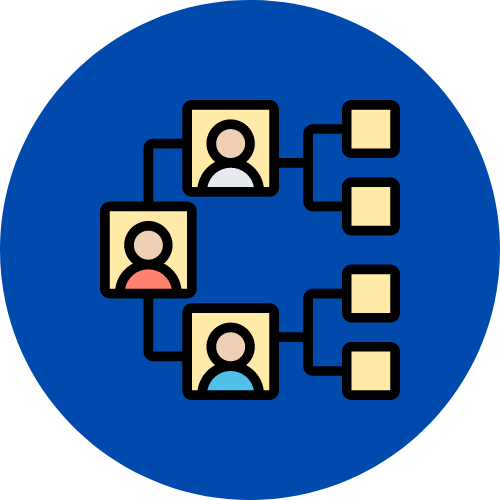
2. The division of labour
Each actor in the project has a specific role. Tasks are assigned according to the skills of the collaborators. These include different functions: coordination, governance, communication, external relations, budget, production of deliverables, etc.
3. Drawing up the specifications
The specifications are a reference document used throughout the life cycle of the project. It lists the needs, issues, main objective, scope, dates, deadlines and budget. This tool is used to plan tasks to obtain deliverables.
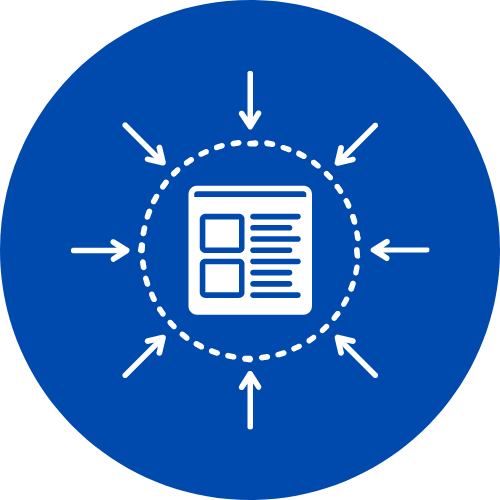
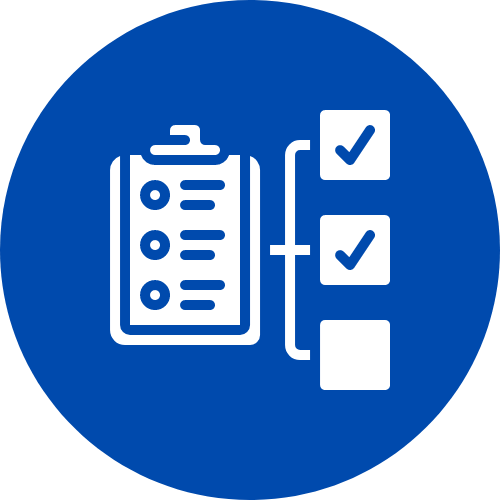
4. Definition of deliverables
Deliverables are the materials used to complete the project. This includes various documents: feasibility study, planning, specifications, software or technical documentation. In order to ensure the smooth development of the project and communication between the players, the completion of an important task should be marked by the production of a deliverable.
5. Costing
Budgeting incorporates a number of costs: equipment, human resources, software, management tools and travel. The budget forecast must be constantly adjusted to the actual budget in order to have a continuous vision of the financial health of the company.
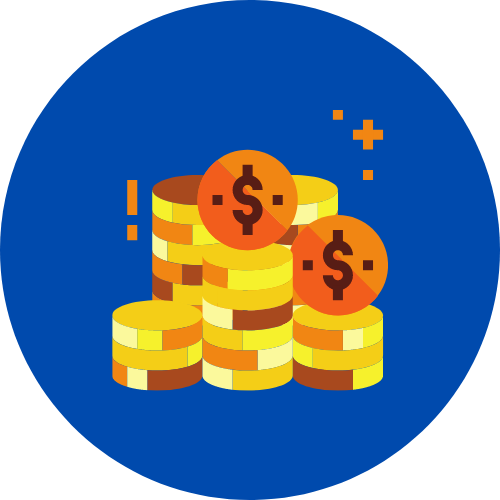

6. Implementation
This stage encompasses various actions: coordinating stakeholders, updating performance indicators, producing intermediate deliverables, monitoring the scoreboard and communicating the final deliverable internally and externally.
7. The fence
The final review allows conclusions to be drawn from the experiences. It allows for an assessment of the achievement of objectives, risk management, budget compliance, resource utilisation and client satisfaction.


Why use a Gantt chart for your project management?
The Gantt project management tool is used to plan and organise tasks and provides a good overview of the project’s progress throughout its development. The Gantt project management methodology helps to optimise the efficiency of operations. It includes visualisation of task interdependencies, timely creation of milestones, task validation and overall project management.
Pourquoi investir dans un outil de gestion de projet ?
Un outil de gestion de projet, comme le diagramme de Gantt, facilite le travail de tous les acteurs. Les logiciels de gestion offrent une vision de l’évolution des opérations en temps voulu. Les principaux bénéfices de l’outil de gestion sont la détection automatique des retards, le manque de productivité des employés, l’assistance en gestion des priorités, le contrôle des coûts et la génération de rapports sur les indicateurs de performance.
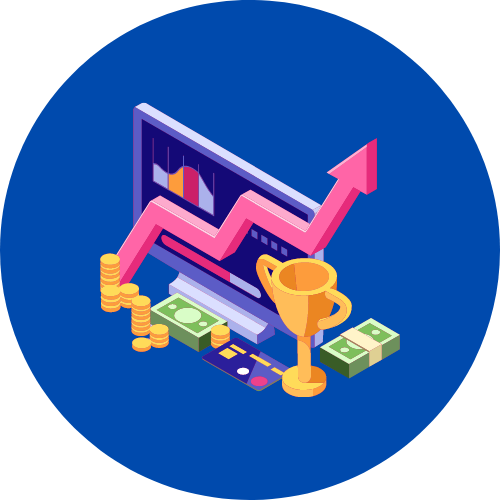
The 5 best project management software + one
Here is an overview of the top 5 project management software that complements the Gantt chart:
- MS Project is a project management tool that allows you to create project plans using tables, filters, views, schedules and databases.
- Wrike is a cloud-based tool. It has various features for creation, planning, collaboration and analysis.
- Basecamp is known for making it easy to organise projects with collaborators and clients. It allows you to create To-Do lists, share files and track the progress of the project.
- Sciforma is a fast and scalable cloud-based PPM tool. It meets the strategic needs of the PMO. Its main functions are: resource, budget, cost and risk management, as well as task automation.
- Planisware is a good tool for managing project and product portfolios. It offers good visibility on objectives and constraints.
Finally, Perfony is a French publisher, born from the meeting of the world of management consulting and IT, which has set itself the ambitious project of making the principles of operational excellence available to everyone.
To achieve this, it offers a simple tool that improves the efficiency of teamwork.
Perfony is the solution that guides you towards operational excellence.
- follow-up of action plans,
- traceability of decisions,
- production of meeting minutes,
- compliance with quality requirements…
In conclusion, good project management requires a committed team, clear objectives, an effective methodology and efficient software. These are the ingredients for a successful, productive and sustainable project.